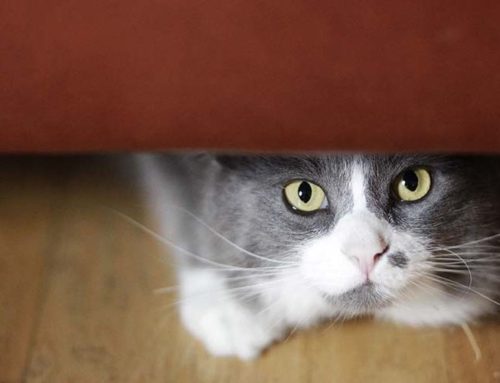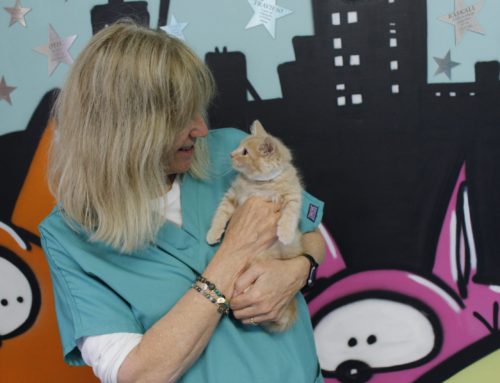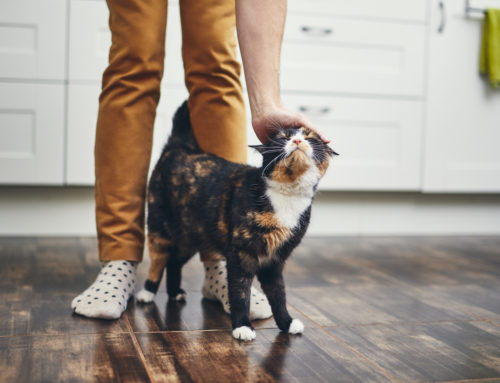 by Leigh Marcos
by Leigh Marcos
Bee stings are not unusual occurrences when kittens play outdoors. If your pet is stung by a bee, there are certain things you have to know before attempting bee sting relief at home.
The first step is to confirm if your kitten has been, indeed, bitten by a bee. Watch out for physical symptoms such as swelling or inflammation. The paws and noses are common areas for bee stings. You can also observe the behavior of pets such as restlessness, nervousness and loud noises.
Next, you have to determine what type of insect bit your feline friend. Remember stingers from bees stay in the skin while those from wasps and hornets do not. Once this is confirmed, remove the stinger as soon as possible by scraping it gently with a credit card. As soon as the stinger is out, use a cold compress on the affected area to reduce pain and inflammation. Call your vet to see how much antihistamines such as Benadryl you can administer safely to your pet for pain relief. It is usually, 1/4mg per pound of body weight.
There are instances though when a bee sting can become life-threatening such as when a kitten is allergic to it and goes into anaphylactic shock or has swallowed it and the bee is blocking the cat’s air passage. Watch out for vomiting, breathing problems and rapid swelling. If this is the case, bring your pet to the vet immediately.





